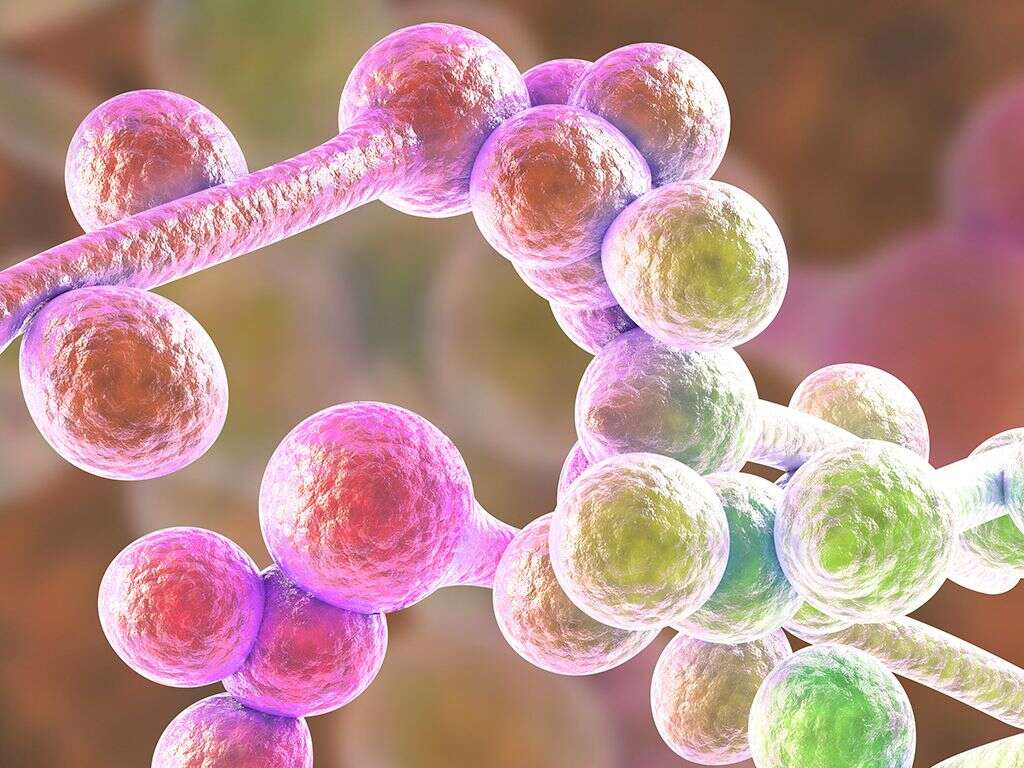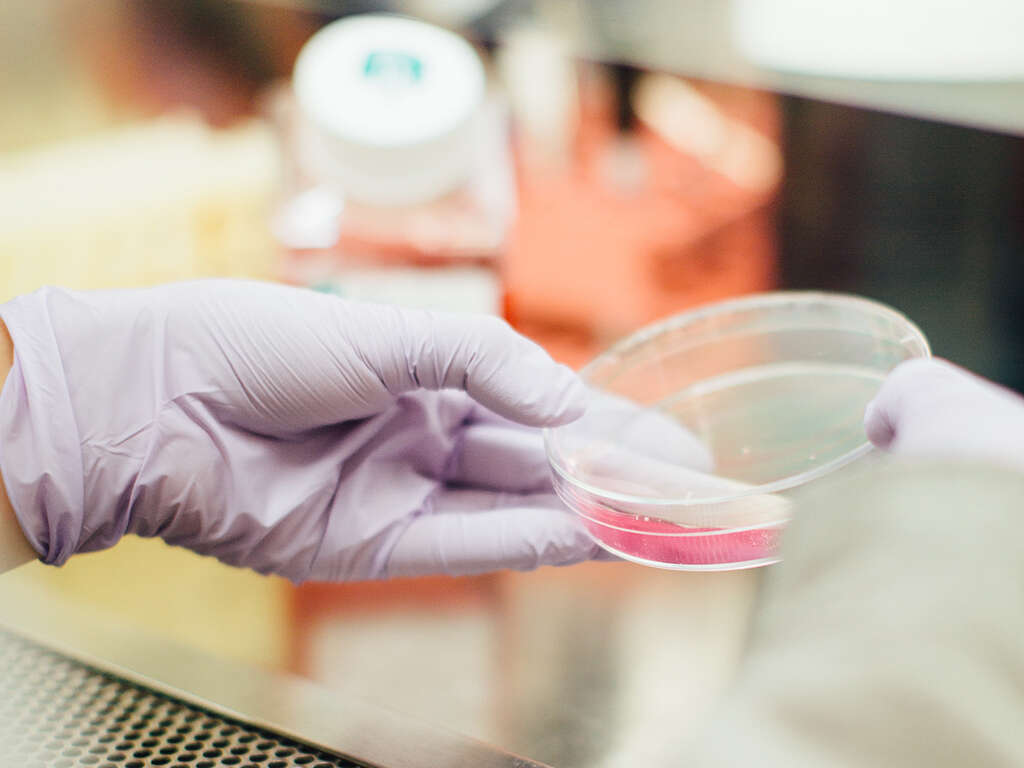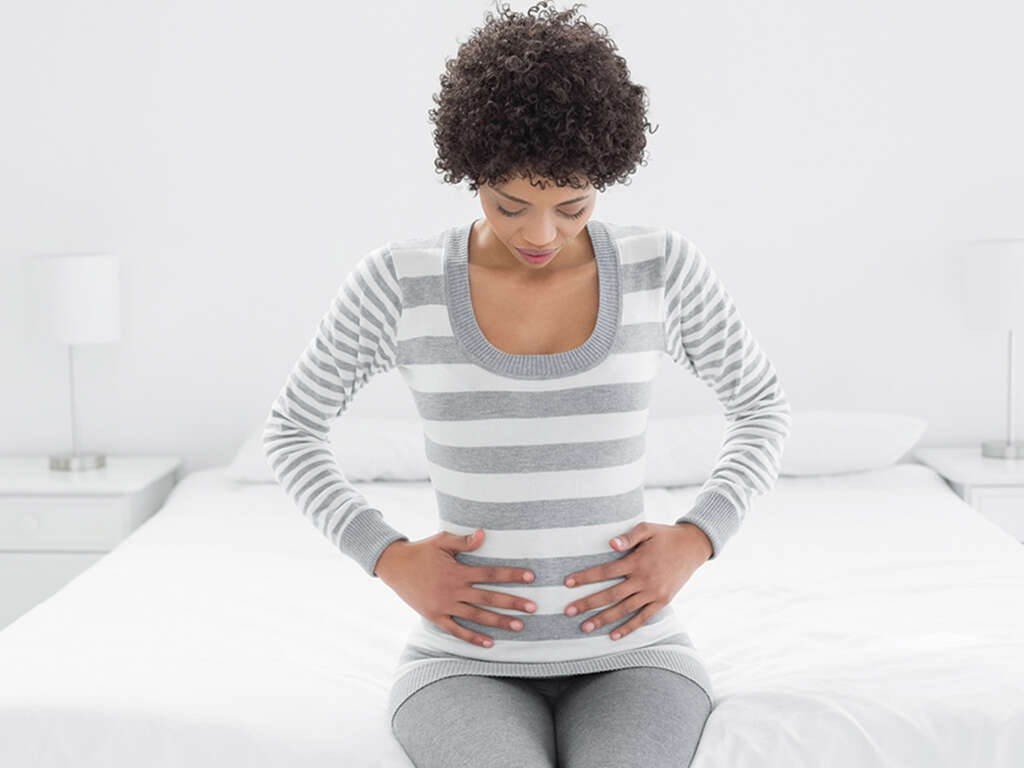What Does an Ovarian Cyst Feel Like?
The ovaries are among the most important organs in the reproductive system of the female. There are two, each located on either side of the uterus, in the lower part of the abdomen. The two ovaries produce ova or eggs, which are thereafter released to the uterus for fertilization. Additionally, the ovaries produce the female hormones estrogen and progesterone.
Ovarian cysts develop when fluid accumulates inside the ovaries. Within the ovaries are spaces called sacs. When these sacs are filled with fluid, they enlarge in size and form cysts. Cysts range in size from less than one half inch to 4 inches or more. These cysts may be filled with fluid, gases, or semi-solid material.
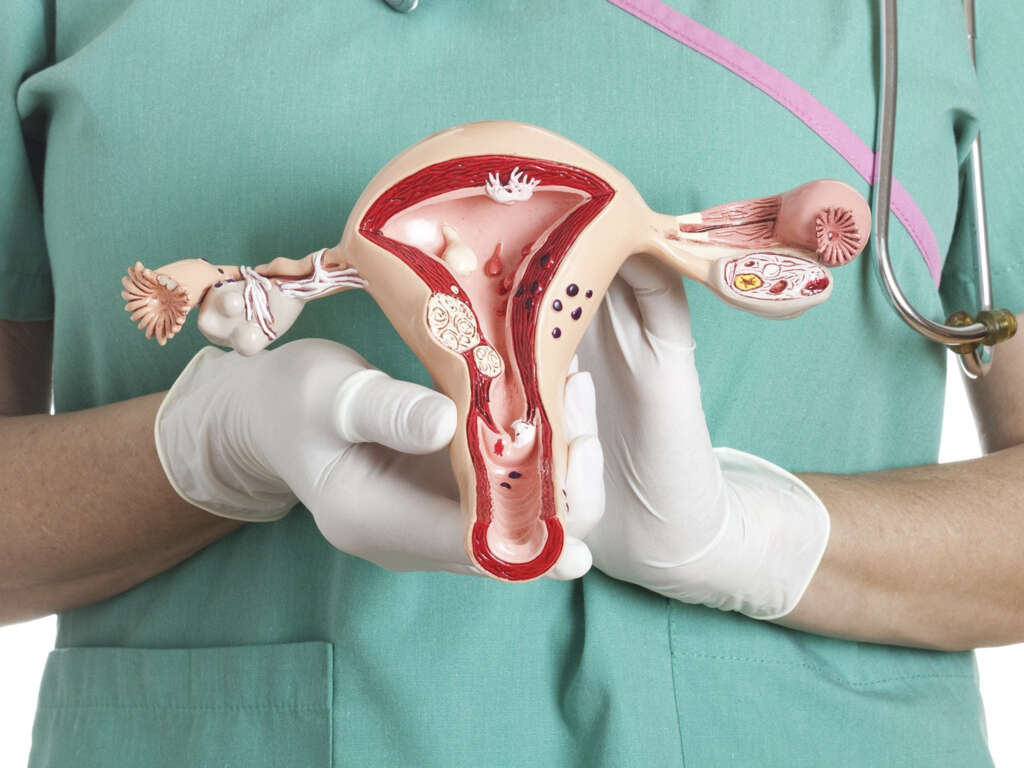
1. Types of Ovarian Cysts
The most common type of ovarian cysts are functional cysts, which include follicle cysts and corpus luteum cysts. Follicle cysts form during menstruation if an ovum develops into a sac and does not leave the ovaries. This causes fluid to collect inside the sac and form a cyst. On the other hand, corpus luteum cysts form when the sac does not dissolve. This leads to the accumulation of more fluid inside the follicle, thereby forming a cyst. Other types of cysts include dermoid cysts, cystadenomas, and endometriomas.

2. Symptoms of Ovarian Cysts
In most cases, ovarian cysts are asymptomatic. This is especially the case in the early stages of the cysts. However, as cysts grow, symptoms usually appear. Typical symptoms include abdominal bloating or swelling, painful bowel movements, pelvic pain, especially before and during menstruation, painful sexual intercourse, lower back pain, thigh pain, nausea, diarrhea, vomiting, rapid breathing, and tenderness of breasts.
The condition can be mild or severe. When severe, a patient may experience symptoms like sharp pelvic pain, fever, dizziness, and rapid breathing. Such symptoms may indicate a ruptured cyst or an ovarian torsion.

3. Ovarian Cysts Causes
There are four common causes of ovarian cysts: infection, endometriosis, hormonal problems, and pregnancy. If pelvic infections spread to the ovaries, they can lead to the development of ovarian cysts. Endometriosis, a condition in which tissue that is normally in the uterus, grows in other parts of the body; in this case, within the ovaries.
This tissue can develop into cysts. Hormonal issues, including medications used to promote ovulation, can lead to cysts in the ovaries. Ovarian cysts are normal during early pregnancy. However, these cysts will normally clear as the pregnancy progresses. In some cases, the cysts remain and become problematic.

4. Ovarian Cyst Complications
Ovarian cysts are usually benign, and therefore pose no danger of turning cancerous. In fact, for a lot of women, ovarian cysts develop, and then go away without any symptoms. Such cysts are generally small in size. However, in other cases, complications can develop if the cysts are not treated.
Your doctor may find an ovarian mass during routine physical examination. This would provide an opportunity to run tests and offer the necessary treatment, and thus reduce the chances of dangerous complications. Ovarian cyst complications include ovarian torsion, cyst rupture, and ovarian cancer. A ruptured cyst can cause internal bleeding and severe pain.

5. What Is Ovarian Torsion?
Ovarian torsion, a potential complication of an ovarian cyst, occurs when a cyst becomes too large. This increases the risk of the affected ovary moving in such a way that it cuts off its supply of blood.
This is a serious complication of ovarian cysts that can lead to the death of the ovary.
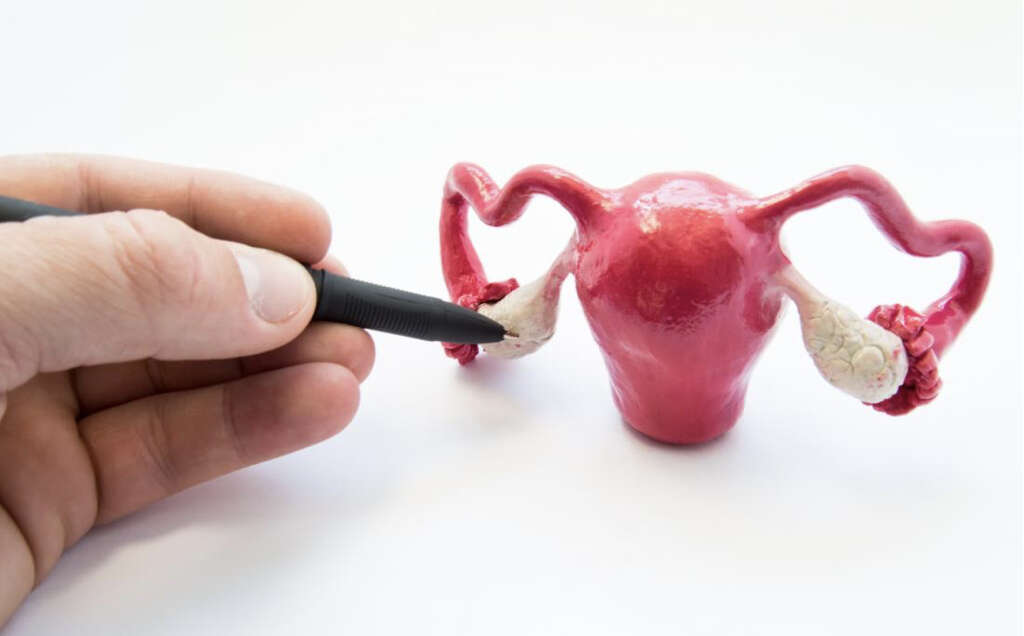
6. Ovarian Cyst Diagnosis
Your doctor may find an ovarian mass during routine physical examination. This would provide an opportunity to run tests and offer the necessary treatment. The doctor will usually order for an ultrasound to confirm whether it is an ovarian cyst or not.
The ultrasound imaging will also determine the size, shape, location, and internal composition of the cyst. CT scans may also be used to provide cross-sectional images of the ovaries, while MRI produces in-depth images of internal organs. Most cysts disappear after weeks or months. For this reason, your doctor may recommend doing another test after a while to check whether the cyst still exists or not, and if it is growing or shrinking. If there is no change, or the condition becomes worse, further tests will be done, and your doctor will suggest a treatment plan.

7. Ovarian Cyst Treatment
If after a period of observation your ovarian cysts persist, you and your doctor will need to discuss treatment. The objective of treatment is to shrink or remove the cysts if they do not shrink. The first line of treatment is birth control pills.
Oral contraceptive pills can stop ovulation and prevent the formation of most cysts. They also prevent the transformation of ovarian cysts to malignant tumors.

8. Surgical Procedures
If medical treatment does not work, your doctor may suggest that you undergo a surgical procedure to remove the cysts, and this way, reduce the risk of malignancy. The two procedures used in the treatment of cysts are known as laparoscopy and laparotomy.
Laparoscopy involves a small incision to remove a small cyst, while laparotomy is a larger incision to remove large cysts. Surgery may also be necessary in case of malignancy. In such a case, a biopsy is conducted to confirm the diagnosis. If cancer is confirmed, more than just one ovary may need to be removed. This is because ovarian cancer also affects other organs including the fallopian tubes and the uterus.

9. Can You Prevent Ovarian Cysts?
It is impossible to prevent ovarian cysts as long as the ovaries produce eggs. The best way to go about it is to catch the cyst at the earliest. This can be achieved by undergoing routine gynecologic examination. If you have symptoms like changes in menstruation, persistent pelvic pain, appetite changes, unexplained severe weight loss, and a feeling of abdominal fullness, you should consult a doctor and get the right diagnosis.
It is also worth to note that it is not about how many symptoms you have. Therefore, even if you have just one symptom, it is better to see a doctor than wait.
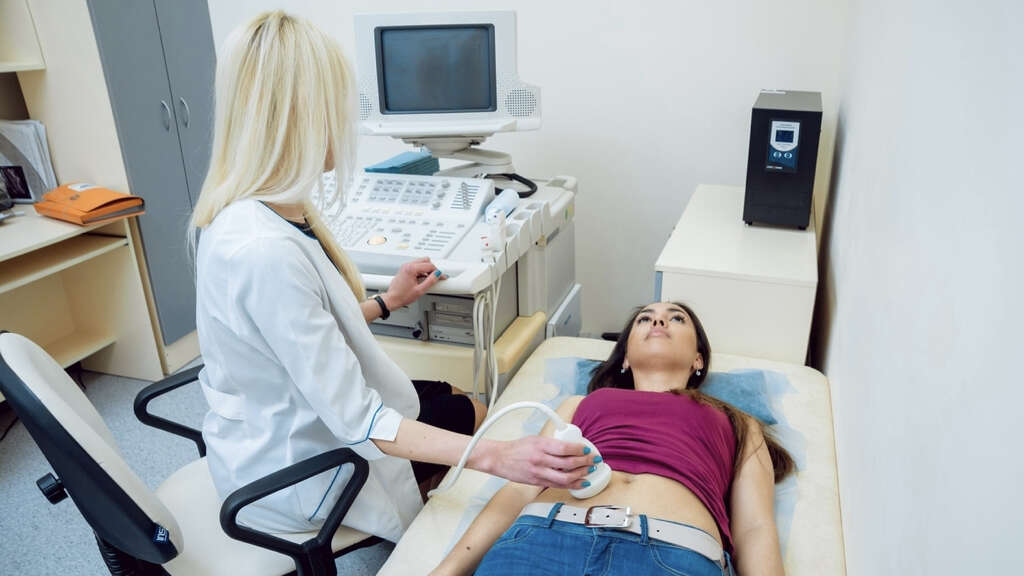
10. Long-Term Outlook
In general, it is normal to have ovarian cysts during the premenstrual period. The same is true for a pregnant woman. Such cysts usually disappear on their own. However, in other cases, women can get ovarian cysts that don’t go away, and, therefore, require treatment. If an ovarian cyst is discovered early, the patient can lead a normal life.
Still, it is necessary to maintain a routine of periodical examination because ovarian cysts can recur unless the ovaries have been surgically removed.








